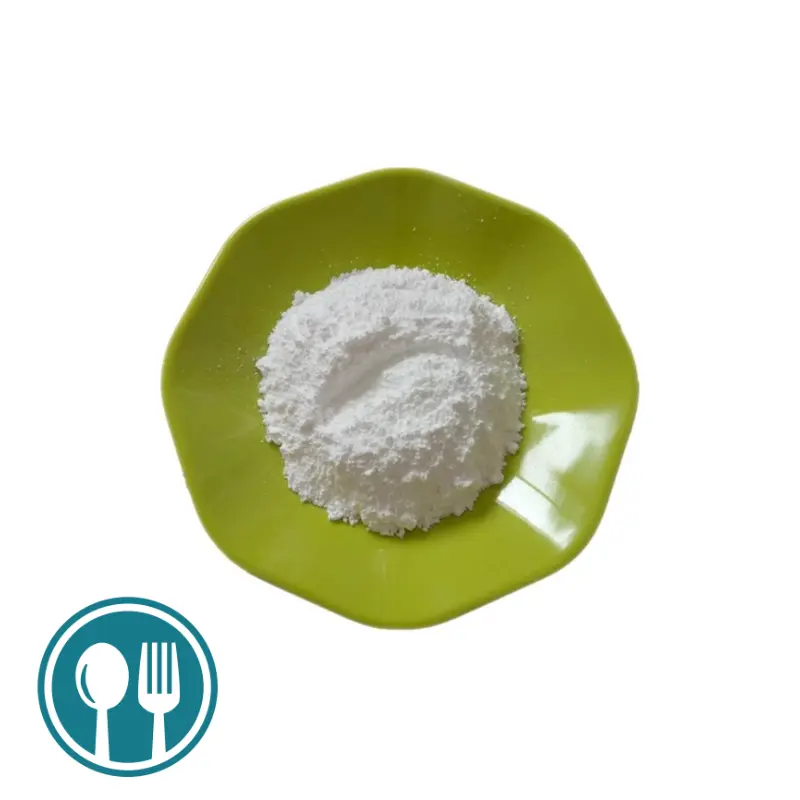Magnesium oxide is not only widely used in the chemical industry, but also ubiquitous in the food industry, from supermarkets to dining tables. As a common food additive, it is not only non-toxic and harmless, but also brings a lot of convenience to the food industry. Let’s take a look at the benefits of magnesium oxide in the food industry!
1. Regulating acidity: Magnesium oxide can neutralize acidic substances and adjust the pH of food. This is very important for maintaining the taste, texture and stability of food. For example, magnesium oxide can be added to dairy products such as milk powder and cheese, or condiments such as beverages, sauces, and salad dressings to adjust pH, enhance stability and extend shelf life.

2. Increase expansion: Magnesium oxide can react with acidic ingredients to generate carbon dioxide, thereby increasing the expansion of food. These properties are very useful in baked foods such as bread and cakes. It can improve the volume and taste of bread.

3. Prevent caking: Magnesium oxide can be used as an anti-caking agent, which can control the moisture in food and prevent food from caking. For example, adding magnesium oxide to carrageenan fruit jam can effectively prevent jam from caking.

4. Supplementing magnesium: Magnesium oxide is a rich source of magnesium. It can be used to supplement the missing magnesium in food, because magnesium is very important for human health. For example, adding magnesium oxide to baked products can increase the nutritional value of food.

5. Antioxidant: Magnesium oxide contains a high concentration of oxidizing components, which can help food resist oxidation reactions and extend the shelf life of food.
6. Promoting digestion: Magnesium oxide can neutralize stomach acid and has a certain effect on relieving gastric acid reflux. It can also promote intestinal peristalsis and help digestion.
In short, magnesium oxide has many uses in the food industry. Messi Biology has cooperated with many business customers in the past 20 years, focusing on providing high-quality food-grade magnesium oxide products for each customer, and can provide technical support and parameter index customization to solve the production technology problems of some manufacturers and match the most suitable magnesium oxide products for manufacturers to produce their own formulas. Finally, I would like to remind everyone that although magnesium oxide is considered a relatively safe food additive, they should be used in the correct dosage to avoid negative effects.

